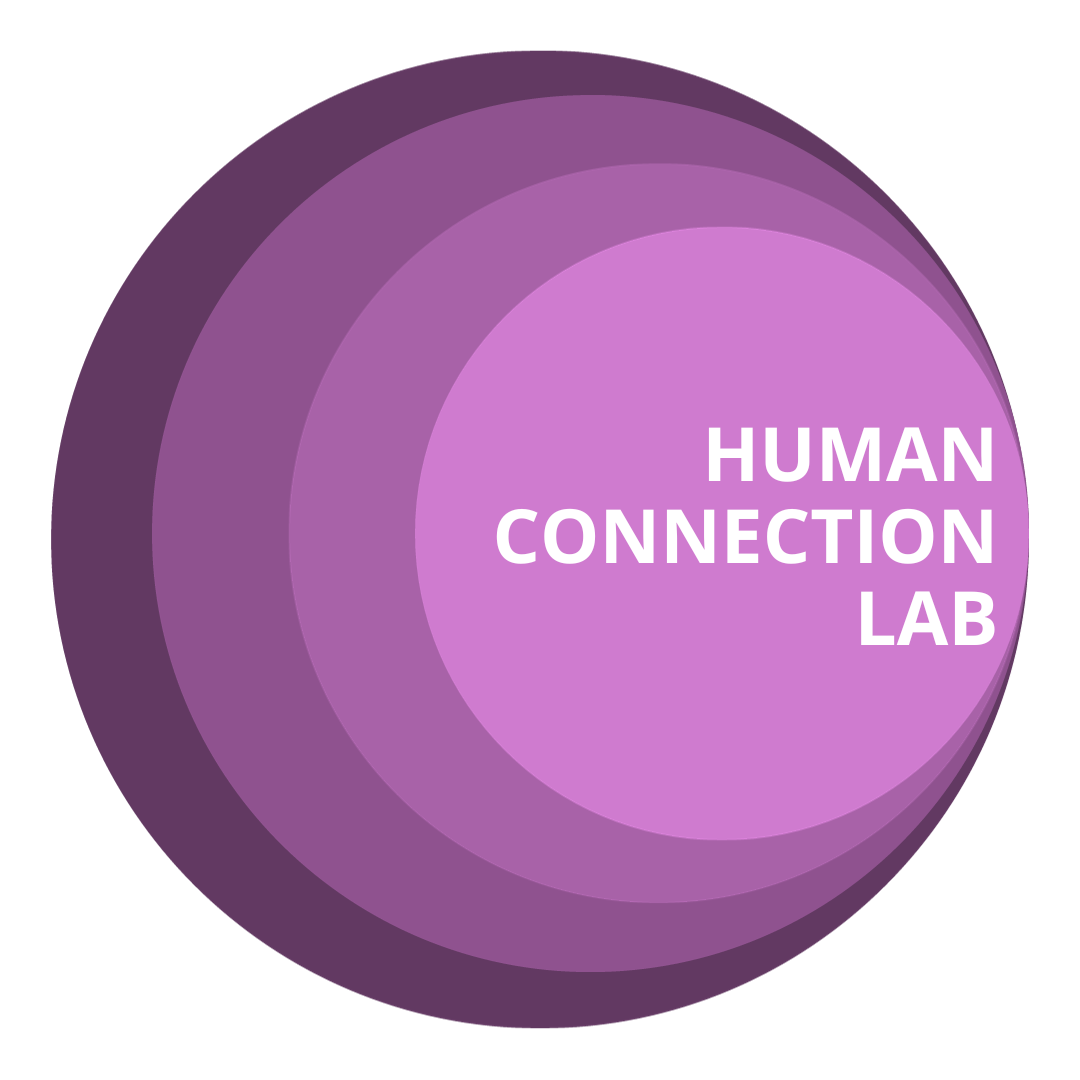The Hidden Wounds of Emotional Neglect: Understanding Developmental Trauma
When most people think of childhood neglect, they picture extreme circumstances—absent parents, empty refrigerators, or unsafe living conditions. But what about the child who had a roof over their head, regular meals, and two parents in the home, yet still carries deep wounds into adulthood?
Emotional neglect is one of the most misunderstood forms of developmental trauma precisely because it's defined by what didn't happen rather than what did.
What Is Emotional Neglect?
Emotional neglect occurs when a child's emotional needs consistently go unmet. This doesn't require overt abuse or material deprivation. A child can grow up in a seemingly "functional" household and still experience profound neglect of their emotional world.
This might look like:
Parents who provided physical care but were emotionally unavailable
Caregivers who dismissed, minimized, or ignored feelings
Households where emotions were treated as inconvenient or shameful
Families where children learned to be "seen and not heard"
Environments lacking warmth, attunement, or emotional responsiveness
The child's basic survival needs were met, but their need for emotional connection, validation, and co-regulation was not.
Why Emotional Neglect Is So Hard to Recognize
Many adults who experienced emotional neglect struggle to name their experience as trauma. After all, they reason, they weren't hit. They had food. Their parents stayed together. How can they claim they were neglected?
This internal dismissal is often a continuation of the original wound—the message that their emotional needs don't matter, that they're "making too much" of things, that they should just be grateful for what they had.
But the research is clear: emotional neglect has profound and lasting impacts on development, attachment, nervous system regulation, and the capacity for intimate connection.
The Neurobiology of Early Neglect
One of the most challenging aspects of healing from emotional neglect is that many people have few or no explicit memories of what happened—or more accurately, what didn't happen.
As Ruth Cohn explains in Working with the Developmental Trauma of Childhood Neglect: Using Psychotherapy and Attachment Theory Techniques in Clinical Practice:
"Having non-verbal modalities as part of their therapy is always a plus, especially if we suspect the neglect began very early which it often did. Autobiographical, or 'semantic' memory, simply will not have been laid down yet."
When neglect occurs in infancy or early childhood, before language and explicit memory systems fully develop, the trauma is encoded in the body and nervous system rather than in narrative memory. You may not remember specific incidents, but your body remembers the absence of attunement, the loneliness, the lack of co-regulation.
This is why traditional talk therapy alone is often insufficient for healing developmental trauma.
The Long-Term Impact of Emotional Neglect
Adults who experienced emotional neglect often struggle with:
Difficulty identifying and expressing emotions (alexithymia)
Chronic feelings of emptiness or numbness
Challenges with intimacy and vulnerability
Perfectionism and harsh self-criticism
A persistent sense that something is "wrong" with them
Difficulty asking for help or acknowledging needs
Attraction to emotionally unavailable partners
Anxiety, depression, or dissociation
These aren't character flaws—they're adaptive responses to an environment where emotional needs were consistently unmet.
Healing Requires More Than Talk
Because emotional neglect—especially early neglect—is encoded in pre-verbal, somatic memory, healing requires approaches that work with the body and nervous system, not just the conscious mind.
Effective therapeutic approaches for developmental trauma include:
Somatic therapy and body-based modalities
Touch therapy in safe, boundaried contexts (such as therapeutic cuddle therapy or somatic experiencing)
EMDR and other trauma reprocessing methods
Parts work and internal family systems (IFS)
Attachment-focused therapy
Nervous system regulation practices
These modalities help access and heal the implicit, body-based memories that talk therapy alone cannot reach.
The Power of Corrective Emotional Experiences
One of the most powerful aspects of healing from emotional neglect is the opportunity for corrective emotional experiences—moments where you receive the attunement, presence, and co-regulation that were missing in childhood.
This might happen in therapy, in safe intimate relationships, or in specialized modalities like therapeutic intimacy work. The nervous system learns, through repeated experience, that:
Your emotions matter
Your needs are valid
Connection is safe
You are worthy of care and attention
These new experiences quite literally rewire the brain, creating new neural pathways for secure attachment and emotional regulation.
You Don't Need to Justify Your Pain
If you're reading this and recognizing yourself, please know: you don't need to have the "worst" story to deserve healing.
Emotional neglect is real trauma with real consequences. The fact that you had material security doesn't negate the emotional deprivation you experienced. Both things can be true: your parents may have done their best with what they had, and you still deserved more emotional attunement than you received.
Your pain is valid. Your struggle is real. And healing is possible.
Finding Support for Developmental Trauma
If you suspect you experienced emotional neglect, consider seeking support from a trauma-informed therapist who understands developmental trauma and attachment wounds. Look for practitioners trained in:
Somatic approaches
EMDR or trauma reprocessing
Attachment theory
Body-based modalities
Healing from emotional neglect takes time, patience, and the right support—but it is absolutely possible to develop secure attachment, emotional fluency, and the capacity for deep, nourishing connection.
You deserved emotional attunement then. You deserve healing now.
Are you a trauma survivor struggling with intimacy and connection? Human Connection Lab offers trauma-informed therapeutic intimacy and cuddle therapy for developmental trauma and emotional neglect. We serve clients in San Diego, Los Angeles, Baltimore, Washington DC, and Pittsburgh, with virtual sessions available nationwide. Working collaboratively with your therapist, we create corrective emotional experiences through safe, consensual touch and somatic healing. Learn more about our services.

